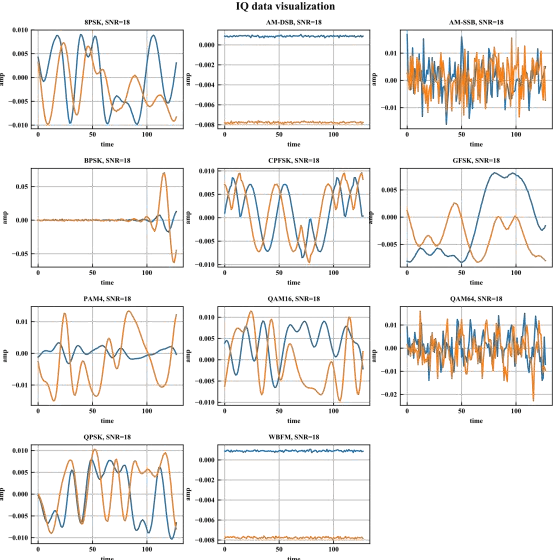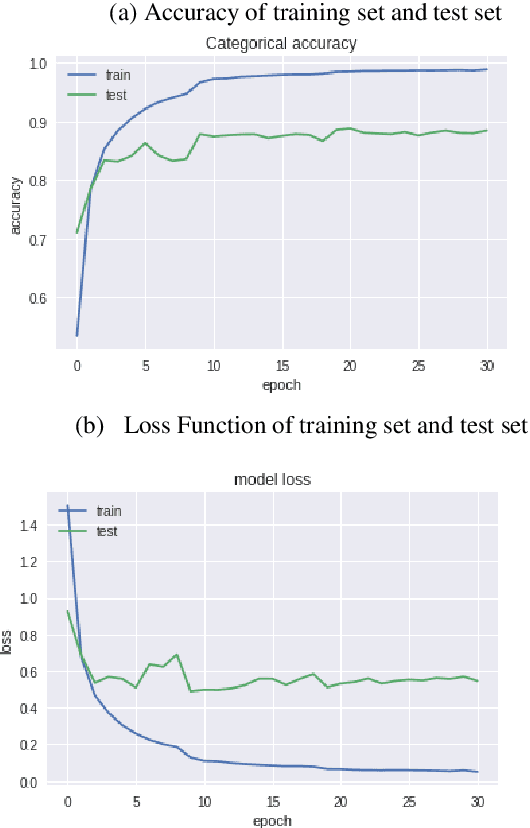Zuodong Tang
A Radio Signal Modulation Recognition Algorithm Based on Residual Networks and Attention Mechanisms
Sep 27, 2019
Abstract:To solve the problem of inaccurate recognition of types of communication signal modulation, a RNN neural network recognition algorithm combining residual block network with attention mechanism is proposed. In this method, 10 kinds of communication signals with Gaussian white noise are generated from standard data sets, such as MASK, MPSK, MFSK, OFDM, 16QAM, AM and FM. Based on the original RNN neural network, residual block network is added to solve the problem of gradient disappearance caused by deep network layers. Attention mechanism is added to the network to accelerate the gradient descent. In the experiment, 16QAM, 2FSK and 4FSK are used as actual samples, IQ data frames of signals are used as input, and the RNN neural network combined with residual block network and attention mechanism is trained. The final recognition results show that the average recognition rate of real-time signals is over 93%. The network has high robustness and good use value.
Multi-layer Attention Mechanism for Speech Keyword Recognition
Jul 10, 2019
Abstract:As an important part of speech recognition technology, automatic speech keyword recognition has been intensively studied in recent years. Such technology becomes especially pivotal under situations with limited infrastructures and computational resources, such as voice command recognition in vehicles and robot interaction. At present, the mainstream methods in automatic speech keyword recognition are based on long short-term memory (LSTM) networks with attention mechanism. However, due to inevitable information losses for the LSTM layer caused during feature extraction, the calculated attention weights are biased. In this paper, a novel approach, namely Multi-layer Attention Mechanism, is proposed to handle the inaccurate attention weights problem. The key idea is that, in addition to the conventional attention mechanism, information of layers prior to feature extraction and LSTM are introduced into attention weights calculations. Therefore, the attention weights are more accurate because the overall model can have more precise and focused areas. We conduct a comprehensive comparison and analysis on the keyword spotting performances on convolution neural network, bi-directional LSTM cyclic neural network, and cyclic neural network with the proposed attention mechanism on Google Speech Command datasets V2 datasets. Experimental results indicate favorable results for the proposed method and demonstrate the validity of the proposed method. The proposed multi-layer attention methods can be useful for other researches related to object spotting.
 Add to Chrome
Add to Chrome Add to Firefox
Add to Firefox Add to Edge
Add to Edge